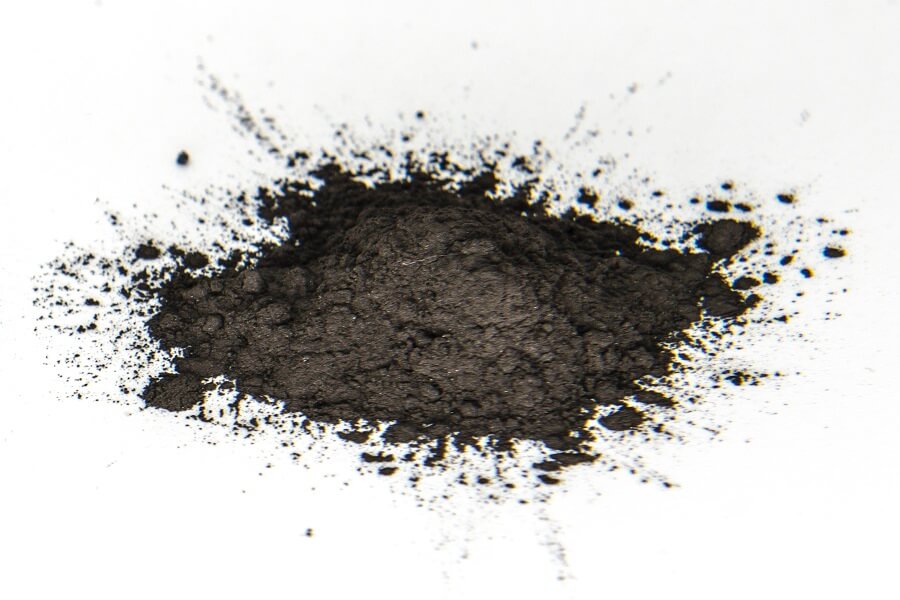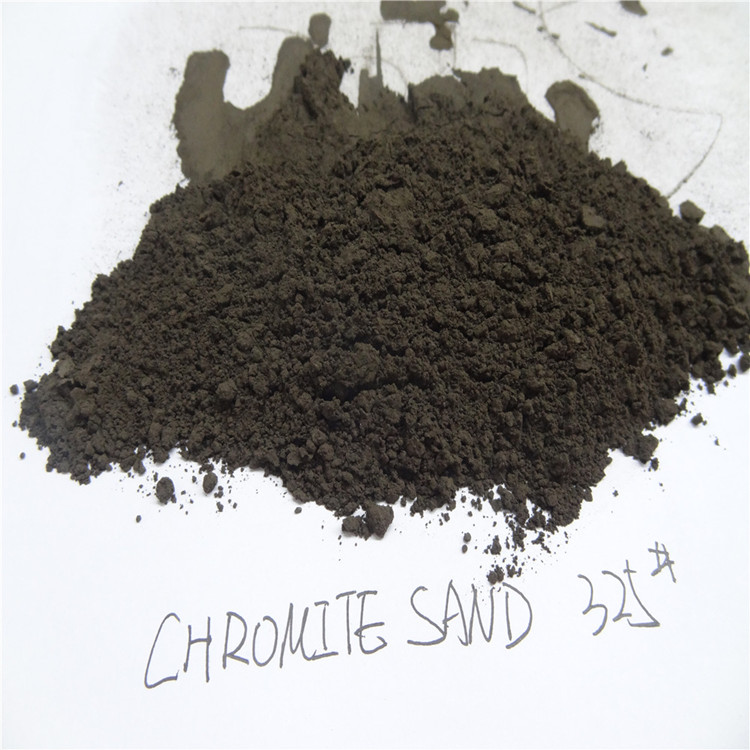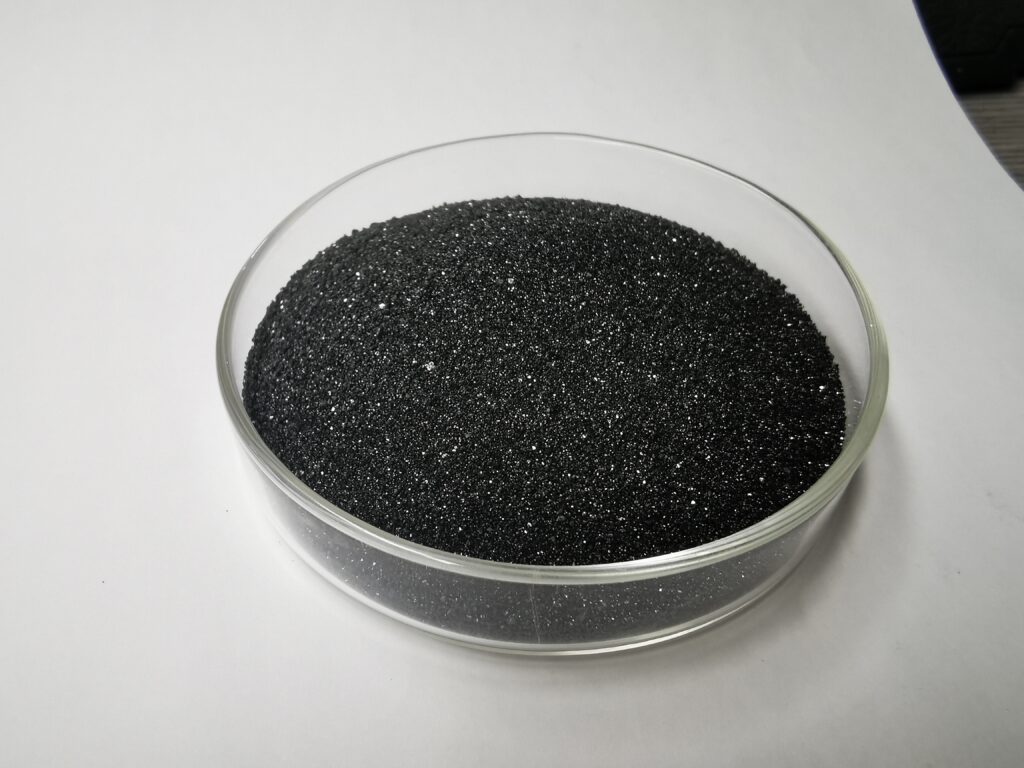Chromite sand is a naturally occurring spinel consisting primarily of the oxides of chrome and iron. It is a by-product of ferro-chrome production and is mainly used in foundry applications and in glass production.the chromite powder for colorant can decrease cost to make green or tea color for glass products, and less pollution to instead chemical colorant.
| CHEMICAL COMPOSITION | |
| Cr2O3 | ≥46.0% |
| SiO2 | ≤1.0% |
| FeO | ≤26.5% |
| CaO | ≤0.3% |
| MgO | ≤10% |
| AL2O3 | ≤15.5% |
| P | ≤0.003% |
| S | ≤0.003% |
| Cr/Fe | 1.55:1 |
| TYPICAL PHYSICAL PROPERTIES | |
| Hardness: | Mohs:5.5-6 |
| Melting Point: | Sublimes at 2180 ℃ |
| Sintering point: | >1800℃ |
| The sintered | 1600℃ |
| Specific Gravity: | 4.0-4.8 g/cm3 |
| Bulk density(LPD): | 2.5-3 g/cm3 |
| Color: | Black |
| PH | 7-9 |
| Percentage of free acid present in the sand | 0% |
| The amount of the acid | ≤2ML |
| Percentage of soil | ≤0.1 |
| Percentage of Moisture | ≤0.1 |
Available size: AFS25-30,AFS25-35, AFS30-35,AFS35-40,AFS40-45,AFS45-50,AFS40-50,AFS50-55,AFS55-60,AFS60-65 325# 400# | |
Application:
Chromite Sand in the foundry industry
Its properties enable the material to be used in high duty grey iron and steel foundries as core and mould
making sand. Its high thermal conductivity gives it good chilling properties, low thermal expansion gives rise to good dimensional stability. Its basicity being close to neutral allows the use of a wide range of resin
bonding systems and inorganic binders, it has a high refractoriness and a broad sieve distribution.
Chromite Sand in the steel industry
In steel production, Chromite Sand is used as well filler for protection of the sliding gate in large steel holding ladles.
Chromite Sand in the glass industry
When ground to a fine flour, Chromite Sand is used for the production of green glass beverage containers.



